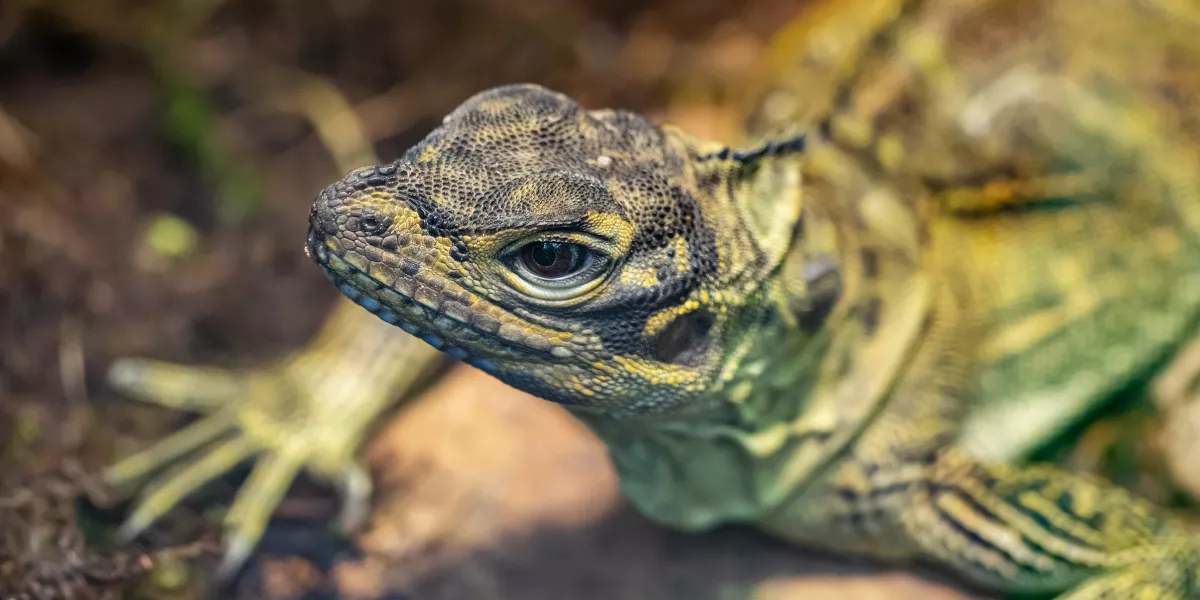
To create a safe and enriching environment for your small reptile or amphibian pet, focus on choosing the right enclosure that is safe, spacious, and easy to clean. Provide proper heating at one end for warmth and UVB lighting for health. Tailor a balanced diet plan with live insects and consult with a vet for specifics. Enrich their environment with live plants, hiding spots, and rotating toys. Ensuring these elements will contribute greatly to your pet's well-being and happiness.
Choosing the Right Enclosure
When selecting an enclosure for your small reptile or amphibian pet, prioritize safety and comfort over aesthetics. Your pet's well-being should be the top consideration. Choose an enclosure that provides ample space for movement and proper ventilation to maintain a healthy environment. Ensure that the enclosure is escape-proof to prevent any accidents or injuries.
Opt for an enclosure made of safe, non-toxic materials to avoid any harm to your pet. Check for any sharp edges or small openings where your reptile or amphibian could get stuck. The enclosure should also be easy to clean to maintain proper hygiene and prevent the buildup of bacteria that could harm your pet.
Consider the specific needs of your pet species when selecting the enclosure. Some reptiles require more vertical space for climbing, while others need more horizontal space for roaming. Research the ideal habitat conditions for your pet to ensure they thrive in their new home.
Providing Proper Heating and Lighting
To ensure the well-being of your small reptile or amphibian pet, it's essential to provide proper heating and lighting in their enclosure. Reptiles and amphibians are ectothermic, meaning they rely on external sources of heat to regulate their body temperature. For most species, a heat source like a heat lamp or heating pad is crucial to create a warm basking spot in their habitat. Make sure to place the heat source at one end of the enclosure, allowing your pet to thermoregulate by moving between warmer and cooler areas.
In addition to heating, adequate lighting is also vital for your pet's health. Certain reptiles and amphibians require UVB lighting to synthesize vitamin D3, essential for calcium metabolism and overall well-being. Ensure your pet's enclosure has a proper UVB light source, and remember to replace the bulbs regularly as they lose their effectiveness over time.
Creating a Balanced Diet Plan
Proper nutrition plays a crucial role in maintaining the health and vitality of your small reptile or amphibian pet. When creating a balanced diet plan, it's essential to consider the specific dietary needs of your pet. Reptiles and amphibians have varying requirements depending on their species, so research is key.
For most small reptiles and amphibians, a diet consisting of live insects such as crickets, mealworms, or waxworms is ideal. These insects provide essential proteins and nutrients that are vital for your pet's overall well-being. It's essential to gut-load these insects with nutritious foods before feeding them to your pet to ensure they receive the necessary vitamins and minerals.
In addition to insects, some reptiles and amphibians may benefit from fruits, vegetables, or commercial diets. However, be cautious with fruits high in sugars and vegetables high in oxalates as they can be harmful in large quantities. Always consult with a veterinarian or exotic pet specialist to tailor a diet plan that meets your pet's specific nutritional needs.
Enriching Your Pets Environment
To enhance your small reptile or amphibian pet's well-being, consider enriching its environment with natural elements and stimulating activities.
Start by incorporating live plants in the terrarium to mimic its natural habitat. Plants like spider plants, pothos, or snake plants not only provide hiding spots but also help maintain humidity levels.
Adding branches, rocks, or logs for climbing and basking can offer mental and physical stimulation. To promote foraging behavior, hide live insects or worms in the enclosure for your pet to hunt.
Rotating toys like tunnels, balls, or mirrors can keep your pet engaged and prevent boredom. Additionally, creating different temperature zones within the habitat allows your pet to regulate its body temperature effectively.
Remember to regularly change the layout of the enclosure to prevent monotony. By providing a diverse and enriching environment, you can ensure your small reptile or amphibian pet stays healthy and happy.
Conclusion
Overall, creating a safe and enriching environment for your small reptile or amphibian pet involves:
- Choosing the right enclosure
- Providing proper heating and lighting
- Creating a balanced diet plan
- Enriching their environment with various stimuli
By following these steps and continuously monitoring your pet's well-being, you can ensure they live a happy and healthy life in your care.
Remember, your pet's well-being is in your hands, so make sure to prioritize their needs and provide a fulfilling environment for them to thrive.




